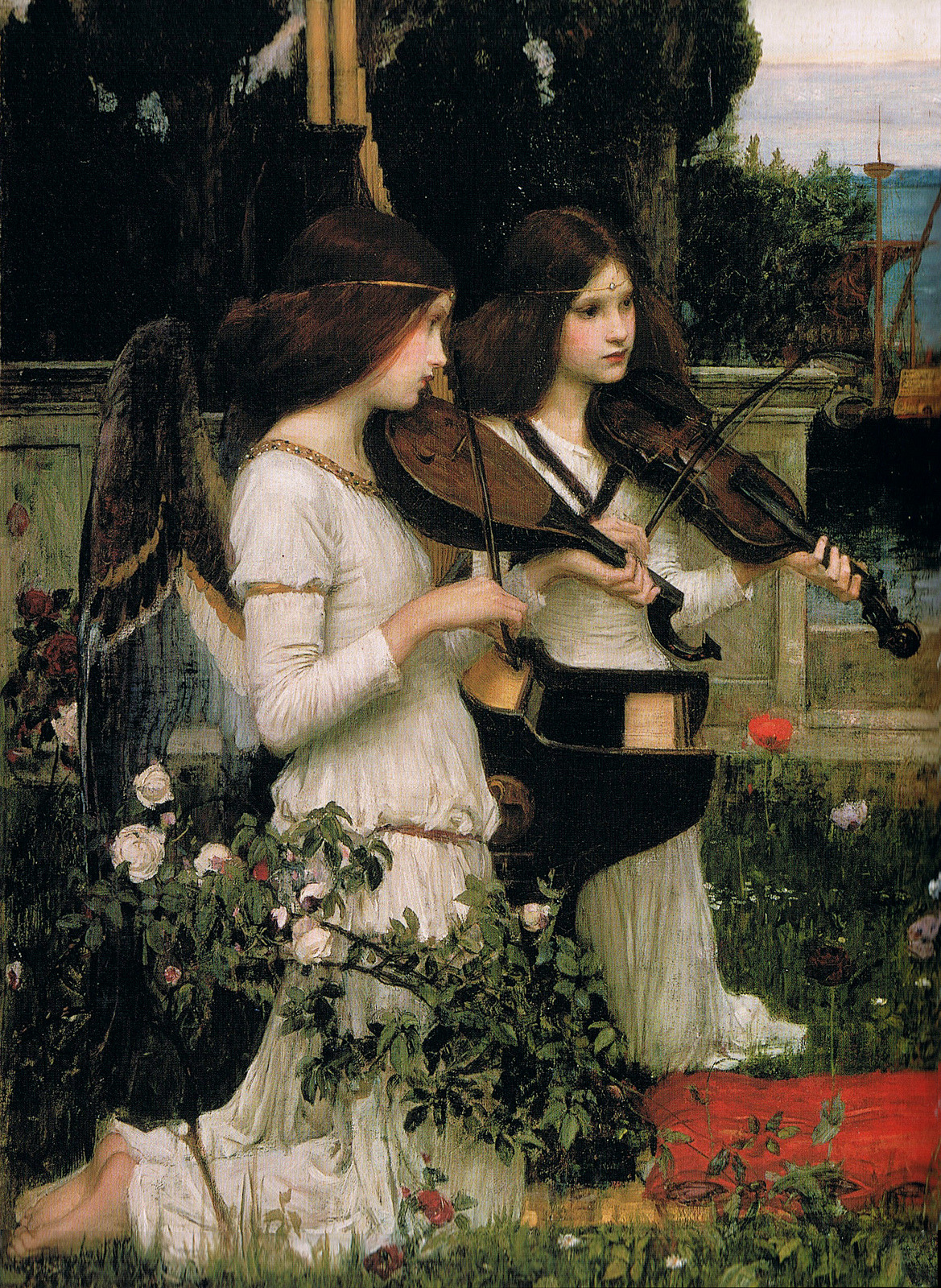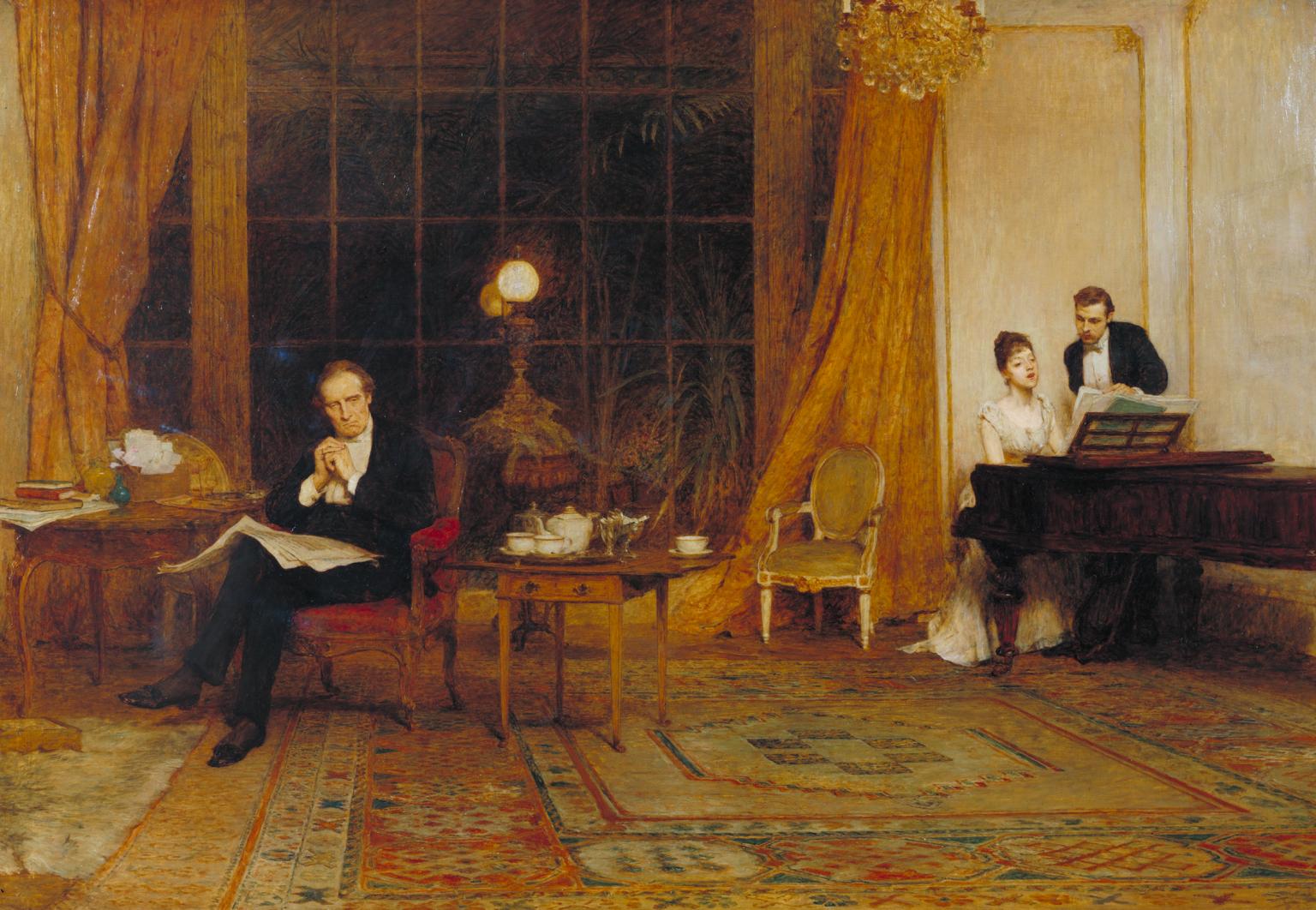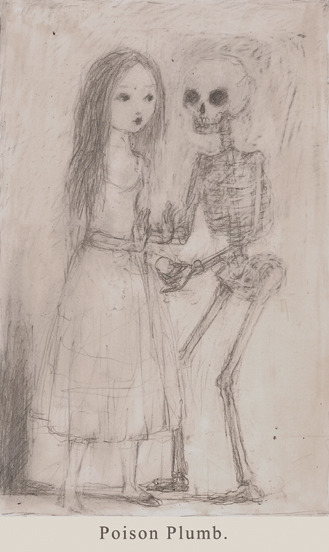Frédéric Chopin died on the 17th October 1849 and this post is dedicated to his memory.
“Just as Orpheus’ lyre opened the gates of the underworld, music unlocks for mankind an unknown realm—a world with nothing in common with the surrounding outer world of the senses. Here we abandon definite feelings and surrender to an inexpressible longing…“
I read a sentence in a schoolbook a few years ago which said that “music is the most romantic of all arts” and this line stuck with me. It awoke something inside me, it inspired me at school and at home, it was the most beautiful sentence I had read. The idea that music was the most romantic of all arts enchanted me beyond belief. Later I read the entire essay by E.T.A. Hoffmann, a study of Beethoven’s instrumental music which first appeared in 1810 and was revised in 1813. Perhaps in our day and age the word “romantic” is simplified, overused and misunderstood, it stands for something shallow and sugary, but when Hoffmann used it to describe Beethoven’s music, he used it to describe the powerful, unrestrained passion, emotions and expressiveness. As much as I love paintings and enjoy reading books, I must say that only music awakens that something within me, and I imagine most of you would agree with me. When I listen to Chopin’s Nocturnes and his Waltz in A minor, Debussy’s work for flute and harp, some Ravel, and even other music such as Tindersticks or Echo and the Bunnymen, it sends me into a trance, my imagination is awakened and images appear before my eyes, sentiments I never knew I had suddenly posses me and afterwards I feel a catharsis calmness and a new found love and inspiration. Even in visual arts this romantic nature of music is portrayed. In George Roux’s painting “Spirit” a gorgeous ghostly white lady is seen playing the piano. Her thin waist and ethereal form are aesthetically pleasing and the man’s face shows both shock and awe. Perhaps he is a widow and this is the ghost of his wife playing their favourite tune. Painting is open to interpretation, but one thing is certain; only the music has such power to move us, bring us to tears, purify us, infuse us with yearning and romance, and even make us fall in love with whoever is playing it or sharing our love for it.

John William Waterhouse, Saint Cecilia, 1895
Now here are E.T.A Hoffmann’s words:
“When music is discussed as an independent art, should it not be solely instrumental music that is intended, music that scorns every aid from and mixing with any other art (poetry), music that only expresses the distinctive and unique essence of this art? It is the most romantic of all arts, and we could almost say the only truly romantic one because its only subject is the infinite. Just as Orpheus’ lyre opened the gates of the underworld, music unlocks for mankind an unknown realm—a world with nothing in common with the surrounding outer world of the senses. Here we abandon definite feelings and surrender to an inexpressible longing. . . .
Thus Beethoven’s instrumental music opens to us the realm of the monstrous and immeasurable. Glowing rays shoot through the deep night of this realm, and we sense giant shadows surging to and fro, closing in on us until they destroy us, but not the pain of unending longing in which every desire that has risen quickly in joyful tones sinks and expires. Only with this pain of love, hope, joy—which consumes but does not destroy, which would burst asunder our breasts with a mightily impassioned chord—we live on, enchanted seers of the ghostly world! Romantic taste is rare, romantic talent even rarer, and perhaps for this reason there are so few who are able to sweep the lyre with tones that unveil the wonderful realm of the romantic. Haydn grasps romantically the human in human life; he is more accommodating, more comprehensible for the common man. Mozart laid claim more to the superhuman, to the marvelous that dwells in the inner spirit. Beethoven’s music wields the lever of fear, awe, horror, and pain, and it awakens that eternal longing that is the essence of the romantic. Thus he is a purely romantic composer, and if he has had less success with vocal music, is this because vocal music excludes the character of indefinite longing and represents the emotions, which come from the realm of the infinite, only by the definite affects of words? . . .“

Sir William Quiller Orchardson, Her Mother’s Voice, exhibited in 1888
Monotonous beige and yellow colours and a slightly sentimental mood of this late Victorian genre scene painted by English painter William Quiller Orchardson hides a more wistful theme. Evening has fallen and a lamp is casting a yellowish glow all over the sumptuous interior and yet, despite the richness of the interior, a certain sadness hangs like a cloud over the room. An old gentleman was sitting in his armchair and reading the newspapers until something happened… A familiar voice, a very dear voice, colours the stuffy air filled with memories and hopeless wistful reveries. The voice awakens old wounds and merry memories that he can never get back “And all the money in the world couldn’t bring back those days”, to quote the song “This is the Day” by The The (and later Manic Street Preachers). His daughter, dressed in a fashionable pale pink evening gown, is sitting at the piano, playing and singing while a young man is standing by her side. She has her mother’s voice, as the title of the painting suggests. It is through music, singing, but still music, that the inexplicable yearning enters the man’s heart and soul and awakens a river of emotions which usually remain buried deep within him.




























